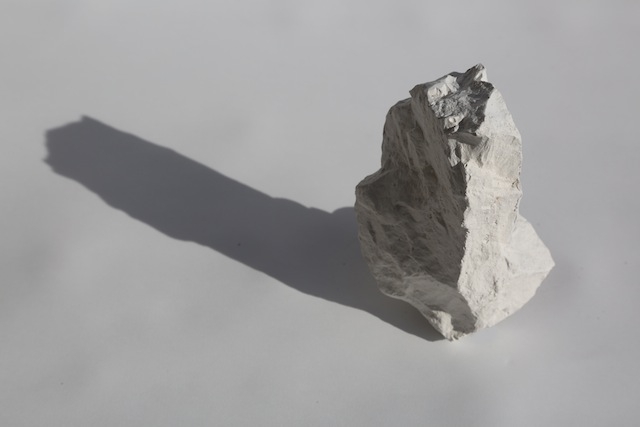ArtReview sent a questionnaire to artists and curators exhibiting in and curating the various national pavilions of the 2017 Venice Biennale, the responses to which will be published daily in the lead-up to the Venice Biennale opening (13 May – 26 November).
Claudia Fontes is representing Argentina. The pavilion is in the Arsenale.
What can you tell us about your exhibition plans for Venice?
My project for Venice is called The Horse Problem. It is an installation that shows a bullet-time frozen scene in which a horse, a woman and a young man react in different ways to a paradox: a crisis is developing, and its symptoms are, at the same time, the problem that causes it. The scene is inspired by the nineteenth century cultural icons around which Argentina’s cultural identity was artificially built, and challenges them with a surreal scene that will hopefully have the quality of an apparition.
How is making a show for the Venice Biennale different to preparing a ‘normal’ exhibition? Or another biennial?
At least in the case of Argentina, you are not expected to ‘represent’ your country twice in your career, so it is a unique experience, and a chance to think as hard as you can about what your homeland means to you. I am very grateful for that and have tried to make the most of it.
There are a huge number of biennial exhibitions across the world nowadays. Do you think the Venice Biennale still has a special status, and why?
To me, what is special about the Venice Biennale is its history as an institution born at the turn of the twentieth century, with a utopian vision for bringing different modern states together to form a common universal narrative. Trying to keep this vision at a moment of history when many nations are disintegrating, and democratic principles are at a risk all over the world, it has to be the most challenging task an institution has ever imposed on itself.
What does it mean to ‘represent’ your country? Do you find it an honour or is it problematic?
Personally, I see a conceptual problem with the idea of representation: it implies that there is a democratic aspiration behind the selection of projects, but such an aspiration is not viable. It would be funny to have a national referendum in order to choose an artist to go to Venice. I also think the idea of nation is a forced one. Argentina – and any other country – can be seen as many countries in one, depending on who you are and where you live. It seems to me that the fact of any country’s supposing itself to be a singular and homogenous nation was always and will always be a fiction, and a violent fiction at that.
Having said that, representing a country does have an ethical dimension that you have to address in your work, because the work is funded with public money. So I would say it is neither problematic nor an honour: it is a responsibility, and a very big one.
The Venice audience is a diverse group. Who is most important to you? The artist peers, the gallerists, curators and critics concentrated around the opening, or the general public which visits in the months that follow?
Curious, open-minded human and non-human visitors, with a critical inclination, either by profession or by nature, are welcome at any time to come and see my work.
How does a having a pavilion in Venice make a difference to the art scene in your home country?
I was commenting on this with my commissioner just today. I think it is a massive achievement for Argentina to have a permanent pavilion at the Biennale, because that makes us, as artists, able to enter in an international dialogue with the global art world and to stretch all our capacities. This can only be positive. However, the club of artists taking part at the Biennale is an exclusive one, and there has not been a systematic study on what the impact, for artists back home, of an individual artist showing at the Venice Biennale is.
National representation at the Venice Biennale is the biggest investment the government makes in the visual arts as part of their international cultural activities, and it is quite significant. It would be very interesting if research into this was conducted, and to see if its results could inform a more sustainable cultural policy that ensures a social benefit. I personally hope that my effort opens up unexpected alliances and interesting networks and discussions for the artists’ community over there, and not just for me. However, there is no national policy on how this could happen at the moment, no specific strategy. I suppose the way it has been so far, such an impact will depend more than anything on what I decide to bring back with me.
You’ll no doubt be very busy, but what else are you looking forward to seeing?
I have worked very hard the last months. I will use up what is left of energy in me to have a look around the Biennale, and then find a quiet spot by the water and just look at it, relax, and come back to my senses before heading back home.
Click here to read all the Venice Questionnaires so far
5 May 2017
